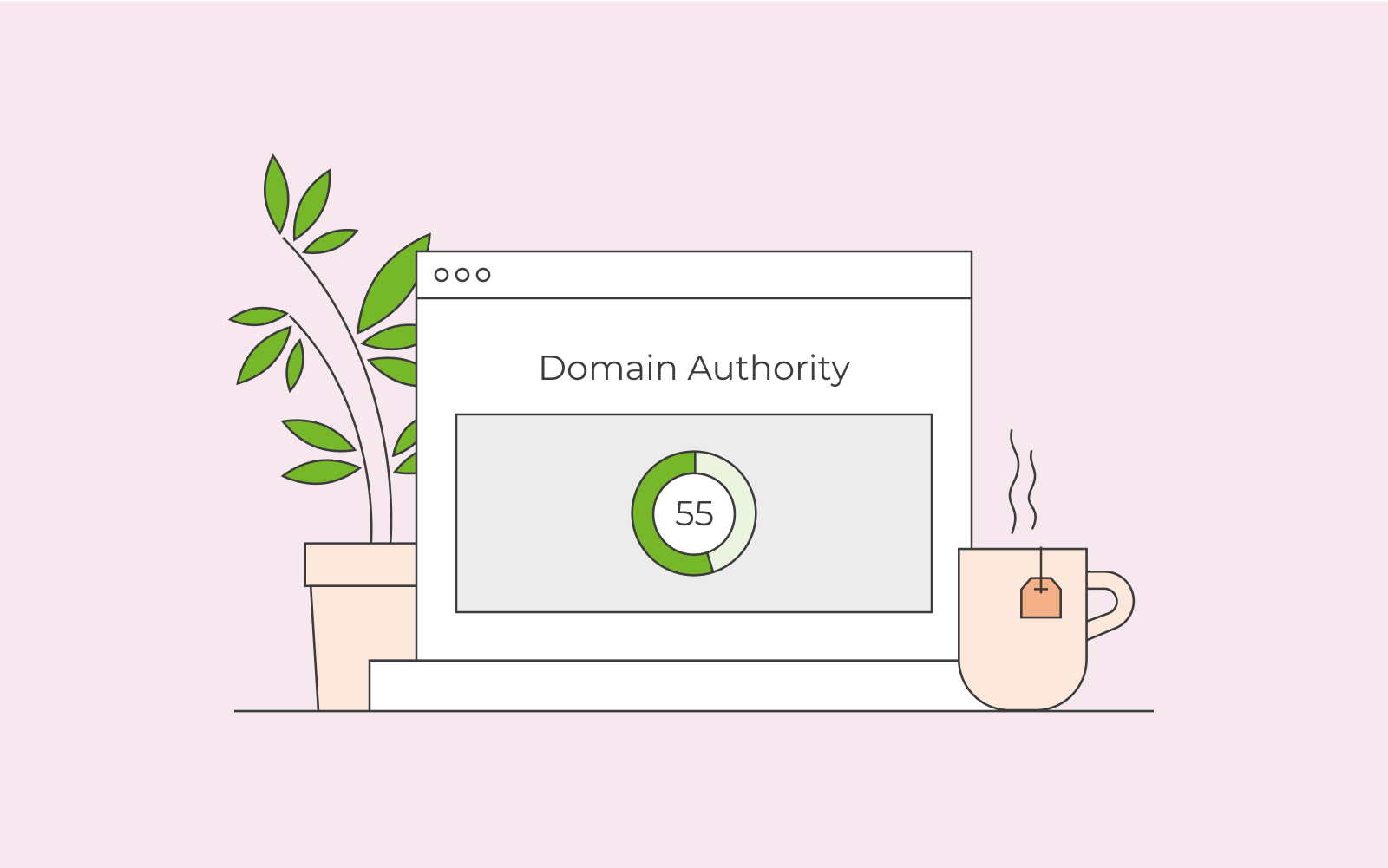Reliable SEO Competitor
Research Services You Can
Trust!
Get a closer look at your competitor’s online marketing strategy with AGSKart Digital. Analyze their strengths and weaknesses to uncover valuable insights that can enhance your own online presence. With our expertise, discover the significance of competitor analysis in SEO and the key factors to consider during the process.

Outsmart your competitors with expert SEO competitor analysis services.
Just like offpage SEO, onpage SEO, and technical SEO, competitor analysis is a crucial aspect of any SEO strategy. It provides valuable insights into what is working in your industry and what isn’t.
By examining the strategies of your competitors, you can identify opportunities for growth, as well as potential areas of weakness.










